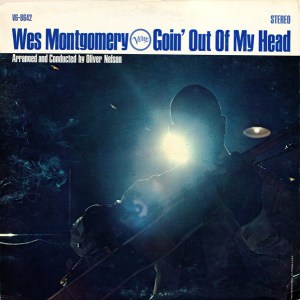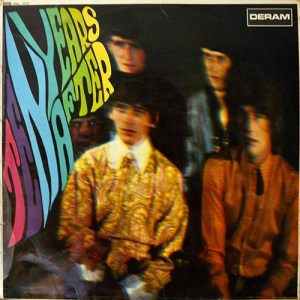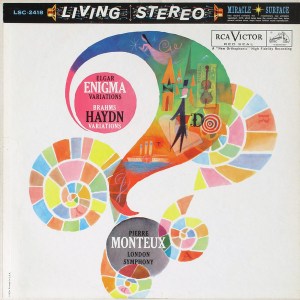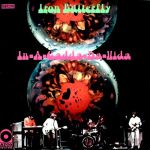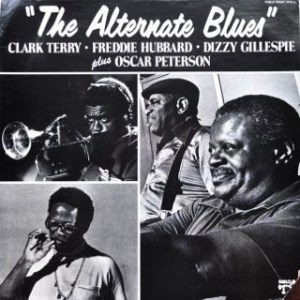More Wes Montgomery
More Jazz Recordings Featuring the Guitar
- Incredible Triple Plus (A+++) sound or close to it on both sides, this early stereo copy blew the competition away with its size, Tubey Magical richness and vibrant jazz energy
- Once again Oliver Nelson’s Big Band arrangements take the music to another level – the guy’s a genius
- “…it’s a classic big-band album, with smart charts by Nelson and stolen moments of Montgomery’s guitar grandeur and romantic truth scattered throughout.”
This White Hot Stamper Shootout Winner has the REAL Wes Montgomery/ Oliver Nelson / Creed Taylor/ Rudy Van Gelder MAGIC in its grooves. You will not believe how big, rich and full-bodied this pressing is on both sides. Since this is one of Wes’s better albums, hearing these sides was a THRILL for us and we’re hoping it will be as big a thrill for you too.
Everything that’s good about this era of RVG’s recordings, Wes’s music and those glorious Oliver Nelson arrangements is here. For my part let me just say that this is clearly the best sound I have ever heard for Goin’ Out of My Head.
It’s BIGGER, richer, more immediate, more present and dramatically more Tubey Magical than the other copies we played, yet there is no sacrifice in transparency or clarity. This is tube mastering at its finest. Not many vintage tube-mastered records manage to balance all the sonic elements as correctly as this copy did.
And if you own any modern Heavy Vinyl reissue, we would love for you to be able to appreciate all the musical information that you’ve unknowingly been missing. Speakers Corner remastered some Montgomery titles in the 2000s if memory serves, and they were passable at best. Any copy we offer on our site will be dramatically better sounding.
